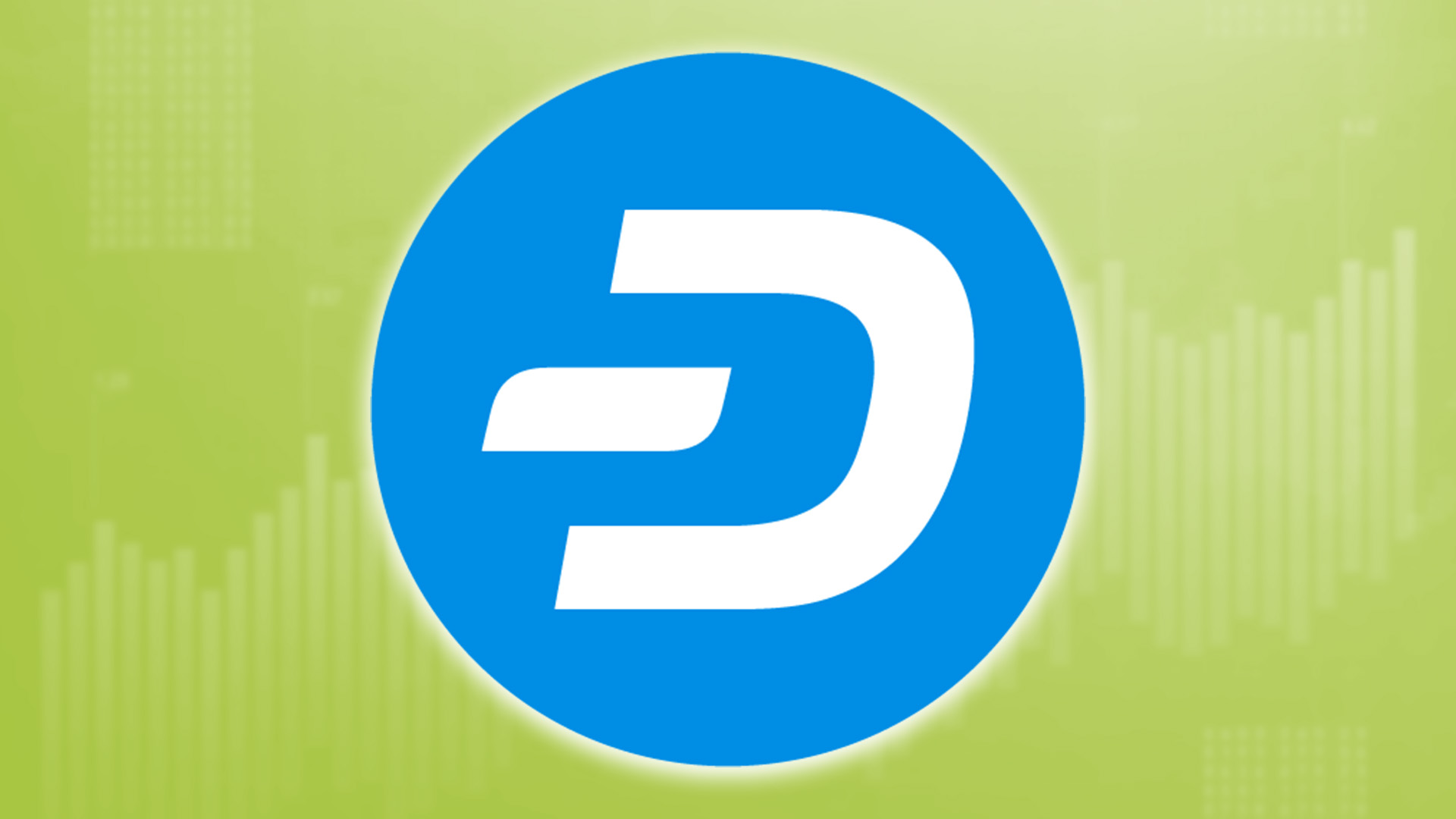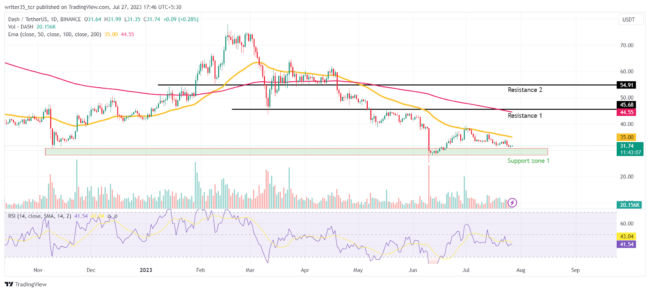
What is Dash? How it is Using POW to Enable Fast Transactions
- What is DASH? A beginners guide to its historical price and working.
- How can you operate masternodes and earn rewards?
- The price has bounced off a support after a long negative trend. Is this the time to buy?
Dash is a short form for Digital Cash, which, as the name suggests, is a cryptocurrency that primarily focuses on speed, stealth and privacy. The transaction feature is just like other tokens but there are some features that differentiate it from other coins.
The dash coin was launched in 2014, with the name of Xcoin, and it was later rebranded to darkcoin. It was created by Evan Duffield, and it was only in 2015 that its name changed to what we see today.
How does it work?
Dash Cryptocurreny ensures that users get maximum speed when transacting. A minute and a half later, tokens appear on the blockchain. This is thanks to the proof-of-work protocol that is used.
Dash operates on a two-tier architecture for the community.
The first tier will consists of the miners that use mining rigs to finish the mining blocks and complete transactions.
The second tier consists of something called masternodes, and they provide additive services on the network by working as full nodes. The additional services included anonymous transactions, Instant transactions, etc.
As a user, you need at least 1000 dash coins in your wallet and you need to be online to secure the network in order to operate masternodes and earn rewards.
The DASH coin is the native token which has a total capped supply of 18,900,000 coins. and the current supply is at 11,381,291 DASH coins which indicates that there are a lot of coins that are yet to be mined.
DASH’s Historical Pricing and Technical Insights

About a year ago, during August, the price of the asset was around $53. It started declining after mid-August, and the bearish momentum persisted until November, fueled in part by the FTX crash.
After November, the price began to rise from around $37 to $72 by February 2022. However, the bullish run ended in late February, and the price fell to a low of $53 in March. Although the bulls attempted to take charge and consolidate, the positive trend was short-lived, and the price has been steadily declining since April 2023.
Currently, the price is in a negative trend, confirmed by both the 50-day and 200-day moving averages (DMA). However, there is significant support between $30 and $28. Resistance levels are observed at $45 and $54.
In the short to medium term, the price appears to be following the moving averages, and there are signs of a bounce off the support level. The Relative Strength Index (RSI) also indicates oversold conditions, suggesting a potential bullish trend in the near future.
Conclusion
Dash, launched in 2014, is short for “Digital Cash,” and true to its name, it is a cryptocurrency that prioritizes speed, stealth, and privacy in transactions. The platform ensures fast transaction speeds, with tokens appearing on the blockchain just a minute and a half after the transaction, all thanks to its proof-of-work protocol in the blockchain.
Since November, Dash has been experiencing a negative trend. However, there is a recent bounce off a support level, indicating a potential short-term reversal in the price movement. Investors and traders should closely monitor the price action to assess the sustainability of this bounce and its implications for the cryptocurrency’s future trajectory.
